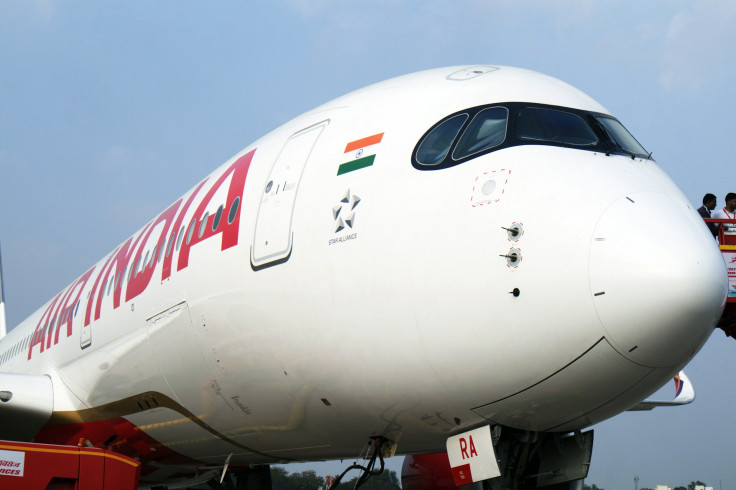Air India Crash Investigation Findings Due Soon — Chilling Theory Suggests Pilot Error
Findings on the Air India crash that killed 260 focuses on cockpit errors

A preliminary report on the Air India Flight 171 crash that occurred on 12 June 2025 is expected to be released soon. The aviation disaster took place shortly after take-off from Ahmedabad, resulting in the deaths of 260 people. The Aircraft Accident Investigation Bureau (AAIB) has released new findings suggesting possible pilot error.
Initial assessments by US officials found no mechanical issues with the Boeing 787 Dreamliner, shifting the investigation's focus to cockpit procedures—particularly the engine fuel control switches.
Recovered Black Boxes Offer Key Insights
During a parliamentary panel meeting on aviation held on Wednesday, the AAIB confirmed that 'good data' had been recovered from the aircraft's black boxes, formally known as the cockpit voice recorder (CVR) and flight data recorder (FDR). One device was retrieved from a rooftop on 13 June, and the other was recovered from debris on 16 June.
According to the AAIB, the information gathered from the black boxes is crucial to reconstructing the chain of events that led to the crash. The investigation is being jointly conducted by British, Indian, and US authorities. Preliminary findings indicate that the fuel supply to both engines may have been inadvertently cut off.
Officials are considering a theory that the pilots may have attempted to isolate a failing engine but accidentally shut off fuel to both. This would have led to an immediate loss of thrust—explaining the aircraft's normal climb followed by a sudden descent and the deployment of the Ram Air Turbine (RAT), as captured in crash footage.
Normally, the fuel control switches remain on during flight. They are also used to start the engines, shut them down, or reset them during emergencies.
It remains unclear whether the shutdown was unintentional, deliberate, or part of a failed recovery attempt. Notably, the aircraft's systems and engines showed no signs of mechanical failure.
When Will the Report Be Released?
Under International Civil Aviation Organization (ICAO) regulations, a preliminary accident report must be submitted within 30 days of the incident. This means the report should be released by tomorrow or in the coming days.
Preliminary reports may be classified as confidential or made public at the discretion of the investigating states.
Meanwhile, Air India is facing increasing scrutiny over pilot training standards, safety protocols, and regulatory compliance. If pilot error is confirmed as a cause, investigators are expected to recommend stricter cockpit protocols, enhanced decision-making training, and possible cockpit design changes to prevent similar incidents.
Global aviation bodies, including the Federal Aviation Administration (FAA), the National Transportation Safety Board (NTSB), and ICAO, are likely to review the findings and consider issuing new mandates to improve flight safety.
These potential measures aim to prevent accidental engine shutdowns during emergency situations and clarify whether the pilots' actions were procedural, mistaken, or intentional.
Two Lives Spared
To date, there are two known survivors of the crash. One is Vishwashkumar Ramesh, a 40-year-old British national who miraculously emerged from the wreckage. The other is Bhoomi Chauhan, a 28-year-old student from Bristol, who missed the flight on the day of the tragedy.
© Copyright IBTimes 2025. All rights reserved.





















